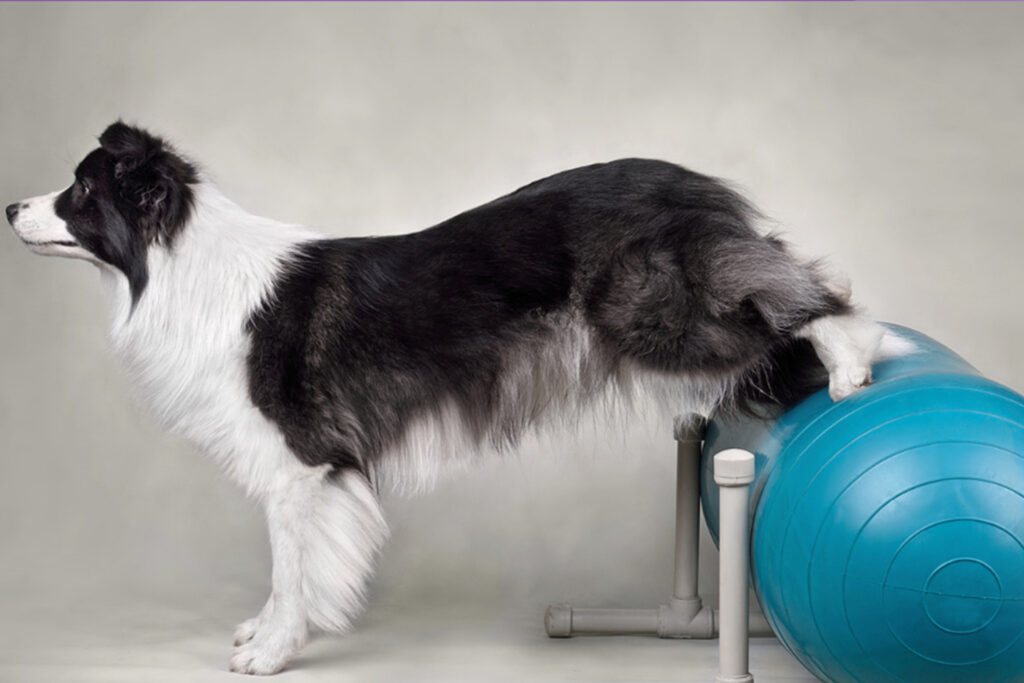No Bones About It: Physical Therapy Helps Dogs Too

Physical therapy for dogs, also known as canine or veterinary rehabilitation, is a growing field of treatment. Physical therapy helps dogs with various conditions. Whether your dog has suffered an injury, undergone surgery, or has a chronic condition like arthritis, physical therapy can help!
What is physical therapy for dogs?
Physical therapy for dogs is similar to physical therapy for humans, just with more treats! It uses techniques like exercise, massage, heat and cold therapy, hydrotherapy, laser, ultrasound, and even treadmill therapy to improve your dog’s range of motion, strength, flexibility, and endurance. Just like in humans, the goal is to decrease pain, speed up recovery, and improve your dog’s quality of life.
Physical therapy for dogs is usually performed by a certified canine rehabilitation therapist. These are veterinarians and physical therapists who have undergone extensive training and certification. They will assess your dog’s condition, medical history, and goals, and design a customized treatment plan for your dog.
What do dogs need pT for?
Physical therapy for dogs can treat lots of conditions, including:
- Arthritis: Physical therapy helps reduce inflammation, stiffness, and pain in your dog’s joints. It can also improve your dog’s mobility and prevent further deterioration of the cartilage.
- Hip dysplasia: Physical therapy can help strengthen the muscles around your dog’s hip joint and improve its stability. It can also reduce the risk of developing osteoarthritis in the future.
- Torn cruciate ligament: Physical therapy can help your dog recover from surgery or avoid surgery altogether. It can help restore your dog’s normal function and prevent muscle atrophy and joint instability.
- Neurological conditions: Physical therapy can help your dog with conditions that affect the nervous system, such as intervertebral disc disease (IVDD), degenerative myelopathy (DM), or stroke. It can help stimulate nerve function, improve balance and coordination, and prevent muscle wasting.
- Obesity: Physical therapy can help your dog lose weight and improve its overall health. It can help your dog burn calories, increase metabolism, and reduce the strain on the joints and organs.
- Sports injuries: Physical therapy helps dogs heal from injuries sustained during activities like agility or flyball. It can help prevent scar tissue formation, enhance performance, and increase body awareness.
Physical therapy for dogs is a great way to help your best friend heal from injuries, improve their mobility and fitness, and enhance their quality of life. If you think your dog could benefit from physical therapy, consult with your veterinarian first. Then, they can refer you to a certified canine rehabilitation therapist who can evaluate your dog and create a suitable treatment plan. With physical therapy, you can help your dog live a happier and healthier life.
